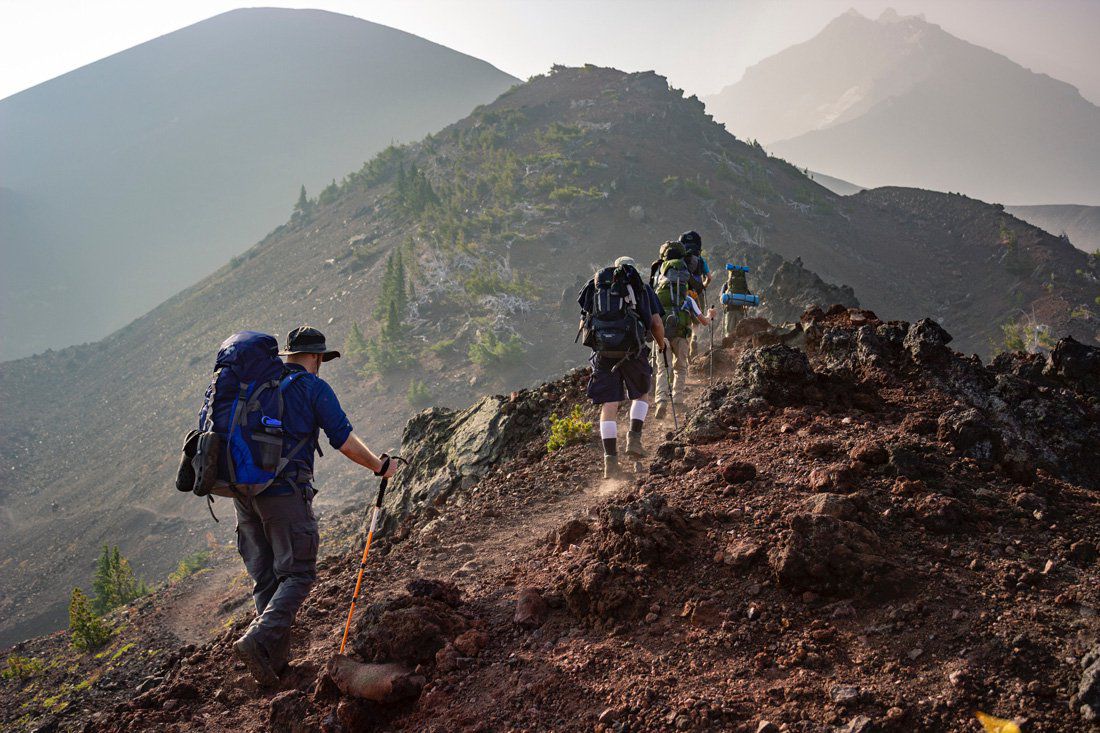
8 Thru-Hiking Tips For Beginners
What does it take to be a 2,600 Miler? Preparation, determination, and a love of the outdoors. Whether you’re planning a thru-hike from Mexico to Canada on the Pacific Coast Trail, setting your sights farther east on the 2,190-mile Appalachian Trail, or thinking about something a little shorter like the Colorado Trail, thru-hiking gives you absolute freedom. A break from your daily routine and freedom to be who you want to be.
If you’re trying to get into thru-hiking, here are 8 tips that can help you get started:
1. Get Your Permits
Known for its rugged beauty, iconic landscapes, and wild character, the Pacific Crest Trail (PCT) becomes more popular every year. The number of long-distance permits issued increased by 389% over the last five years. In 2018, permits were issued to people from every state and more than 50 countries. Because of the growing popularity, it’s important to stay on top of deadlines and get your trial permit as soon as possible. The opening day for the 2020 PCT long-distance permit is October 29, 2019, for those who plan to walk more than 500 continuous miles. Depending on the location and duration of your hike, you may need additional wilderness permits and border crossing permits. Regulations and quotas on different sections may change at any time to protect fragile ecosystems and maintain hiker safety. The Appalachian Trail (A.T) doesn’t require a long-distance permit, but passes are required for backcountry camping in its National Parks. Reservations are also recommended at certain shelters and campgrounds on both trails during peak season. Plan accordingly.

2. Find The Right Thru-Hiking Footwear
When hiking long distances you want sturdy, waterproof boots that cover your ankles … right? Not necessarily. For thru-hikes, a lowcut, non-waterproof shoe is usually preferable because it is lightweight, fast-drying, and breathable. How your shoes fit—snugly at the heel and roomy in the toes—is the most important consideration. The insole should comfortably cushion your feet mile after mile. Tongue padding should be generous, yet stiff enough to prevent tight laces from cutting into your skin. Be sure to wear the same socks you plan to wear hiking when trying on trail shoes. Something as simple as a seam in the wrong place can cause painful blisters. The stability and durability of the tread are also important. Confident footing means less time looking down at the brown and more time marveling at the mountainside ahead of you blanketed with bright red Indian paintbrushes and light purple columbine. With a grippy, durable tread you can tromp through muddy parts looming in the shade of the metamorphic rocks and hop over deadfall on the messier portions. But keep your lugs on the shallow side; deep grooves trap mud and debris, making your feet heavier and slipperier. Built-in toe caps and rock guards allow you to make quick descents without worrying about stubbing your toe.

3. Prepare Yourself Physically And Mentally
It seems like a no-brainer to complete a series of backpacking trips ahead of time, breaking in your shoes and gradually increasing your pack weight, but many people don’t. This not only boosts your fitness level but also improves your confidence and helps you discover the type of mental stimulation you prefer. Many thru-hikers tackle the trail solo in search of solitude. Long stints in the wordless wilderness can be incredibly inspiring … at first. But after spending days at a time with nothing more than the thoughts in your head it can become lonely and isolating. On the flip side, if you’re undertaking the adventure with others, the constant companionship can drive you crazy at times. During particularly punishing sections or stints of bad weather, the doubt that you can finish often creeps into your head as well. Reading offers a welcome break for many people, and with the help of a portable solar charger you can bring along a lot of books on your e-reader without adding too much weight to your pack. Listening to a podcast can also help your psyche. Break the trail into smaller sections and create a list of goals. Check them off as you accomplish them to stay positive. On a long-distance hike, having loved ones mail you letters of encouragement to resupply points also boosts your morale and eases loneliness.
4. Decide What to Pack And What to Mail
The most common mistake rookies make is trying to carry too much stuff. Finishers of mega milers keep their pack weight between 20-35 pounds to prevent fatigue and minimize the risk of injury. The key to keeping it light? Selecting the right size pack and choosing gear wisely. Talk to others who have recently completed the same route you are planning to see what they deem most important to pack now and what to ship for later.

5. Plan How Much Food And Water You’ll Need
There’s no need to carry more than 3-6 days of food on most long-distance hikes, though more remote sections may require 6-8 days of food. Plan on carrying about 2-2.5 pounds of food for each day. A bear canister is a must, as is a lightweight camp stove. Most trail towns cater to hikers and have staples like oatmeal, nuts, protein bars, dried fruit, and MREs so you can buy, resupply and satisfy cravings as you go. If you have dietary restrictions or homemade dehydrated dishes that you can’t live without, send some mail to the trail. The organization Plan Your Hike lists places along the PCT that accept supply packages and have grocery stores; similar resources exists for the AT and the Continental Divide Trail (CDT). Be sure to address the box properly and write “save for (insert trail name) hiker” on the exterior. You will also need your photo ID and tracking number to pick up the package from the post office. Water bottles with built-in filters are great for thru-hikes where there are reliable water sources. But it's important to pack plenty of clean water because you can’t always count on that stream on the map as a water source. It may already be gone when you get there in a particularly dry spring or hot summer. Websites with current, crowd-sourced information are often helpful to determine how much water you need to pack for each section of the trail.

6. Pack Lightweight Clothing That Serves Multiple Purposes
Views are not as spectacular when you are shivering. Steep inclines are more daunting—sometimes even dangerous—when you’re dressed too warmly. Weatherproof layers are key, as conditions change quickly. Leave that cotton hoody (no matter how comfy and cozy it is!) at home. Instead, prepare for varying conditions by packing lightweight performance pieces that serve multiple purposes. A long sleeve shirt with a permethrin treatment and built-in SPF, for example, can eliminate the need to pack gobs of insect repellent and sunscreen. Pants that convert into shorts also guard grams. And a water- and wind-repellant jacket that packs into its own pocket saves space. It’s also a good idea to pack a pair of lightweight trail sandals and/or Pakems mountain slippers to relieve tired, swollen feet while kicking around camp. Town clothes and layers for later belong in a bounce box—the small package you forward from one post office to the next with the “luxury” items you only use occasionally (Wall charger! Laundry detergent pods! Epsom salt!)—not your backpack. If you don’t end up opening the box, you can forward it to the next post office free of charge as long as it’s shipped using USPS Priority Mail.

7. Keep Up On Your Hygiene
The term “clean” is relative after week one of any thru-hike. Hygiene, however, is still important to your health and happiness. You might be lucky enough to stumble on natural spring with a manmade shower along the way, but most showers are a luxury only found in town. Sponge off before putting on your PJs and sliding into your sleeping bag. Save the shower wipes for serious cleansing; most nights all you need is a little water and a camp towel to get the salt and dust off your skin. And don’t bother bringing deodorant—you’re going to stink (along with everyone else) no matter what. You get used to the smell. Bring a collapsible bucket or a reclosable gallon bag to rinse the sweat out of your hiking clothes on zero or nearly zero days. Safety pins are also handy to secure wet wool socks to your backpack so they can dry as you hike, Pack slivers of soap and/or hand sanitizer for use after answering nature’s call, and a small tube of zinc oxide just in case that biodegradable toilet paper doesn’t do its job. Other hygiene essentials include a toothbrush and toothpaste, a comb, and dry shampoo (if you have long hair). Whatever hygiene items you bring, keep the quantities small; larger bottles of foot powder, hand sanitizer, and sunscreen in your bounce box can be used to refill as needed.

8. Slow Down And Stretch
As the excitement of the trail builds, remember thru-hiking is not a race. Don’t just reserve your zero days for chores in town. It’s OK to slow down sometimes and enjoy the mystery and majesty of the woods. Choose a spot with lots of shade and some water if possible. Listen to the birds sing. Watch the leaves dance. Notice all the things you might miss when walking quickly to make your miles and set up camp before dark. If you hear about an alternative route from locals or other hikers that piques your interest, take it. Some of the most memorable moments are unscripted. Doing yoga before you set out each day also establishes a deeper connection with your surroundings. (If you’ve ever done yoga on the beach or taken an outdoor class you already know this.) It also helps prevent stress injuries and boosts your performance on the trail. Some favorite poses with hikers include Standing Forward Fold, Low Lunge, Standing Figure Four and Dancer Pose. Eagle Pose opens up your shoulders, something that’s especially important when carrying a heavy pack. If you need help holding stretches, consider bringing a small fitness/active towel made from microfiber that gets grippier with moisture. In the spirit of packing gear that does double duty, you can also use this towel to wipe sweat from your face on the go.
When You’ve Finished Your Thru-Hiking Trail
Once you have finished your thru-hike trail, go ahead and brag. Completing a thru-hike is a huge feat, both mentally and physically. Others will inevitably be in awe of your accomplishment.




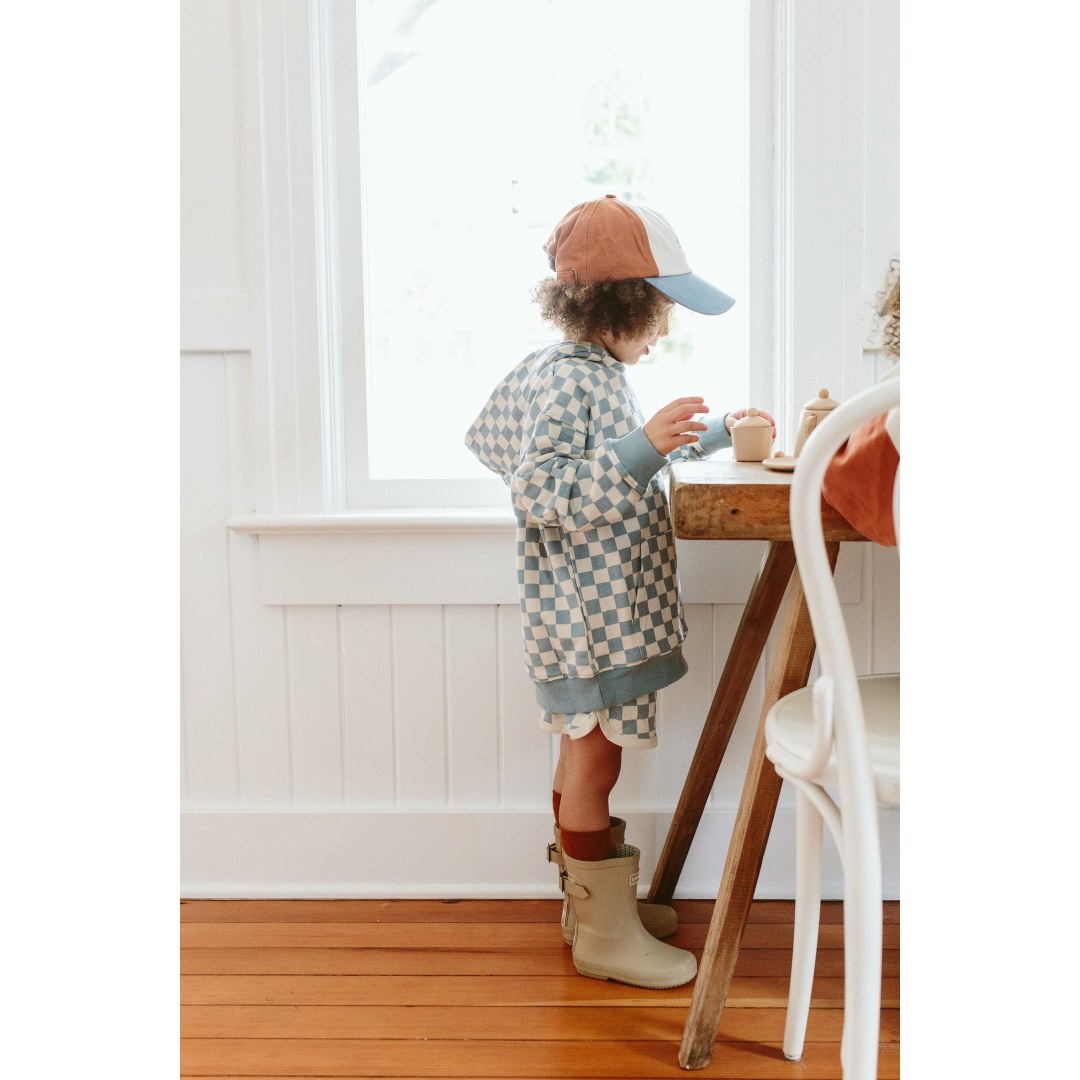
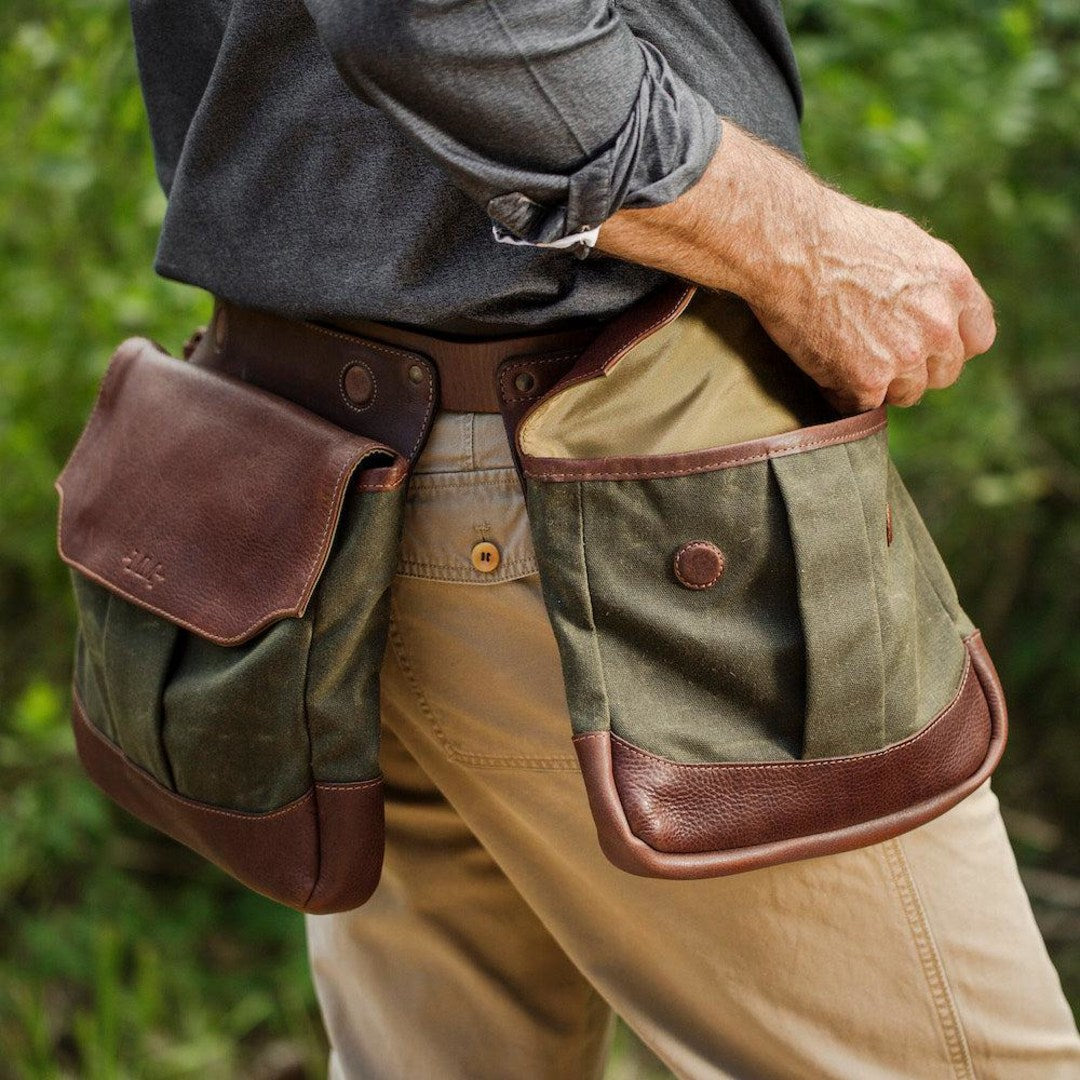
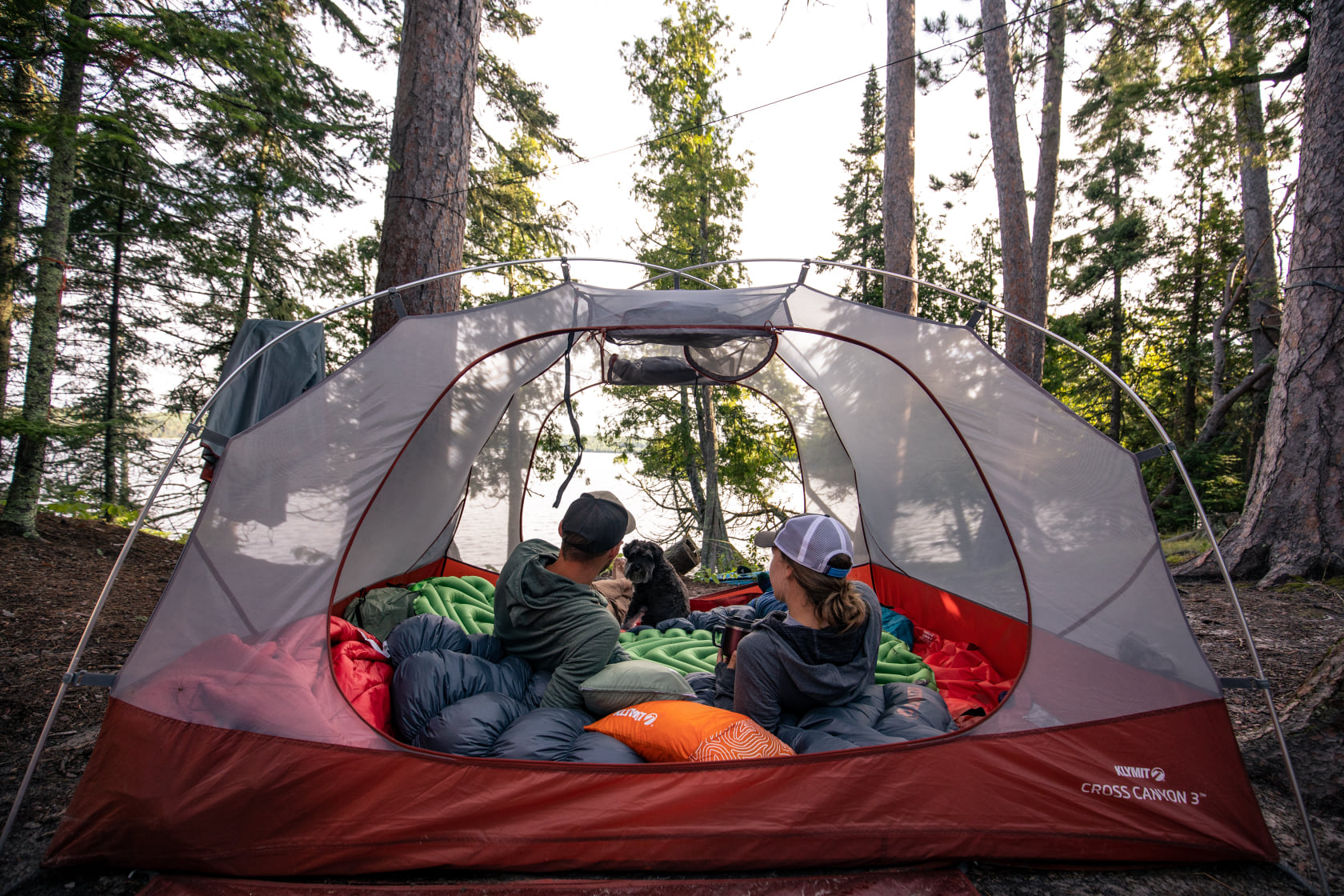

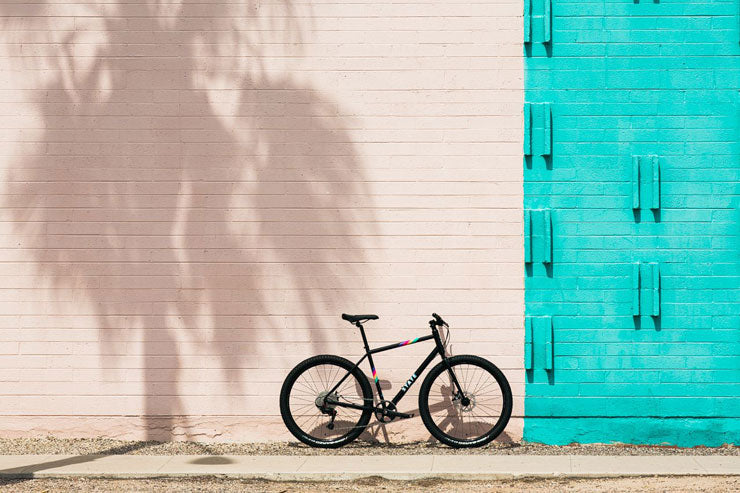


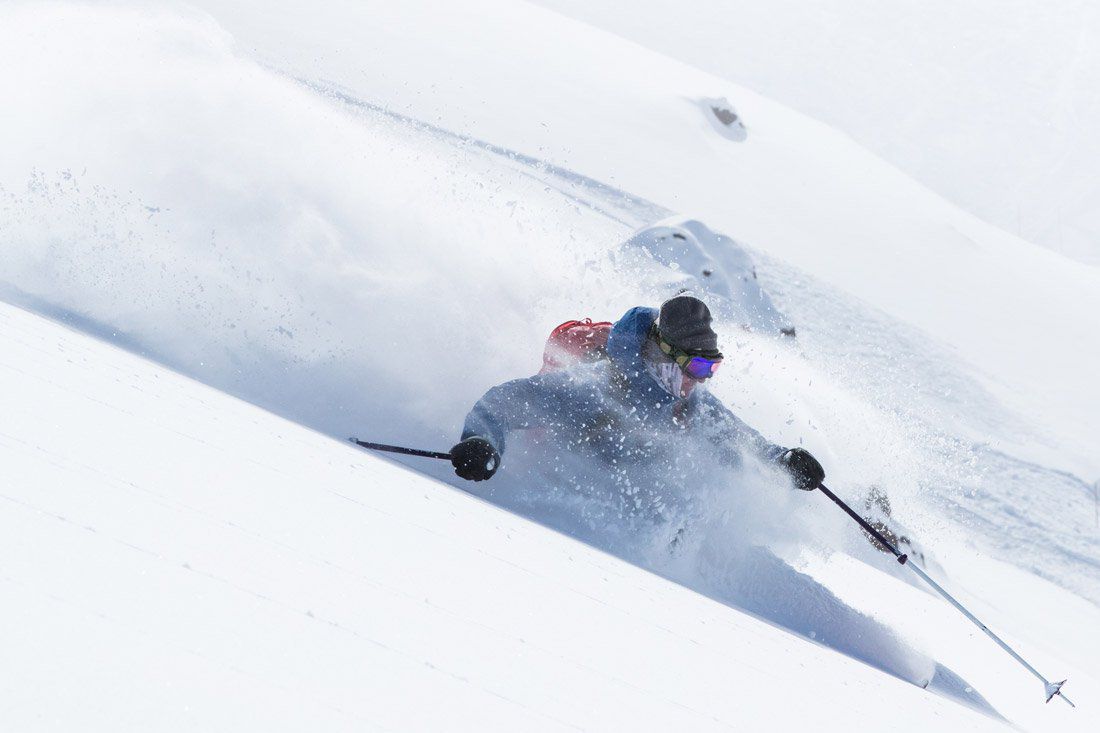
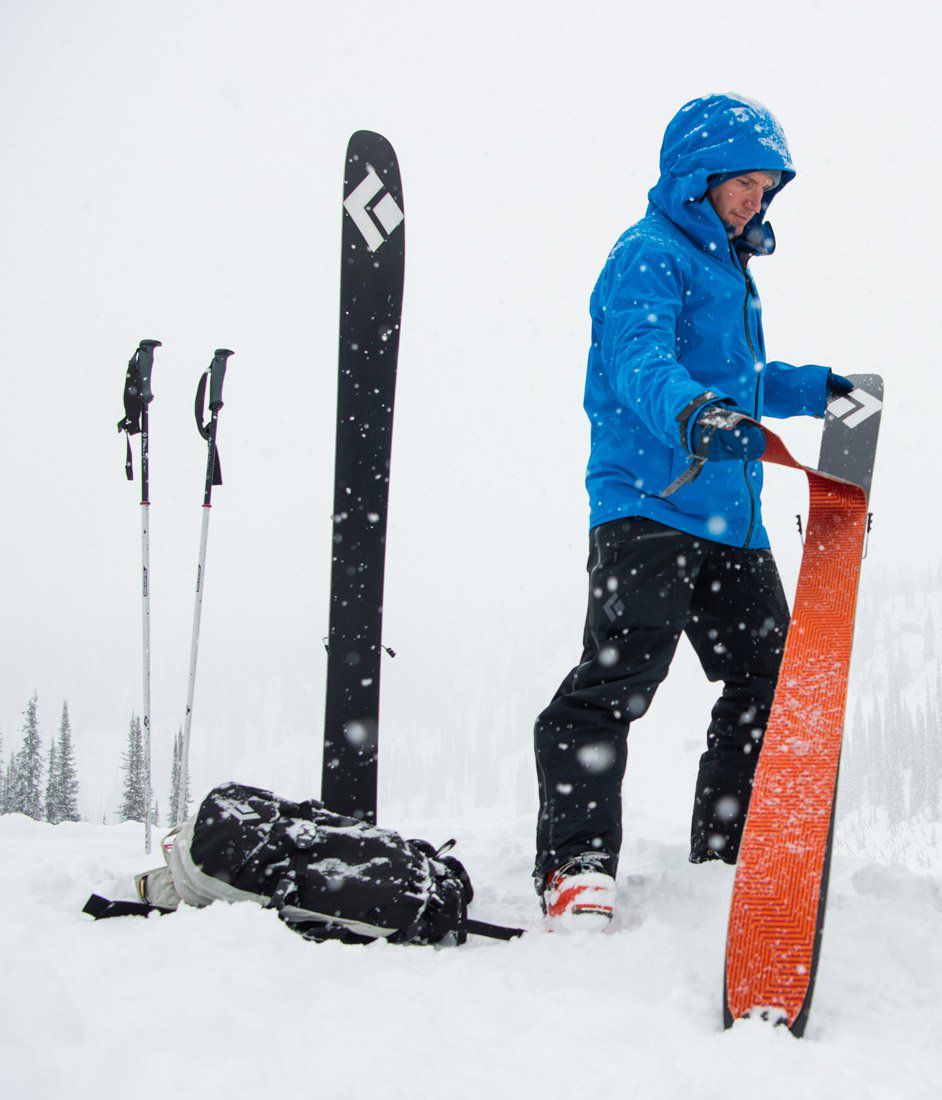
Leave a comment
This site is protected by hCaptcha and the hCaptcha Privacy Policy and Terms of Service apply.